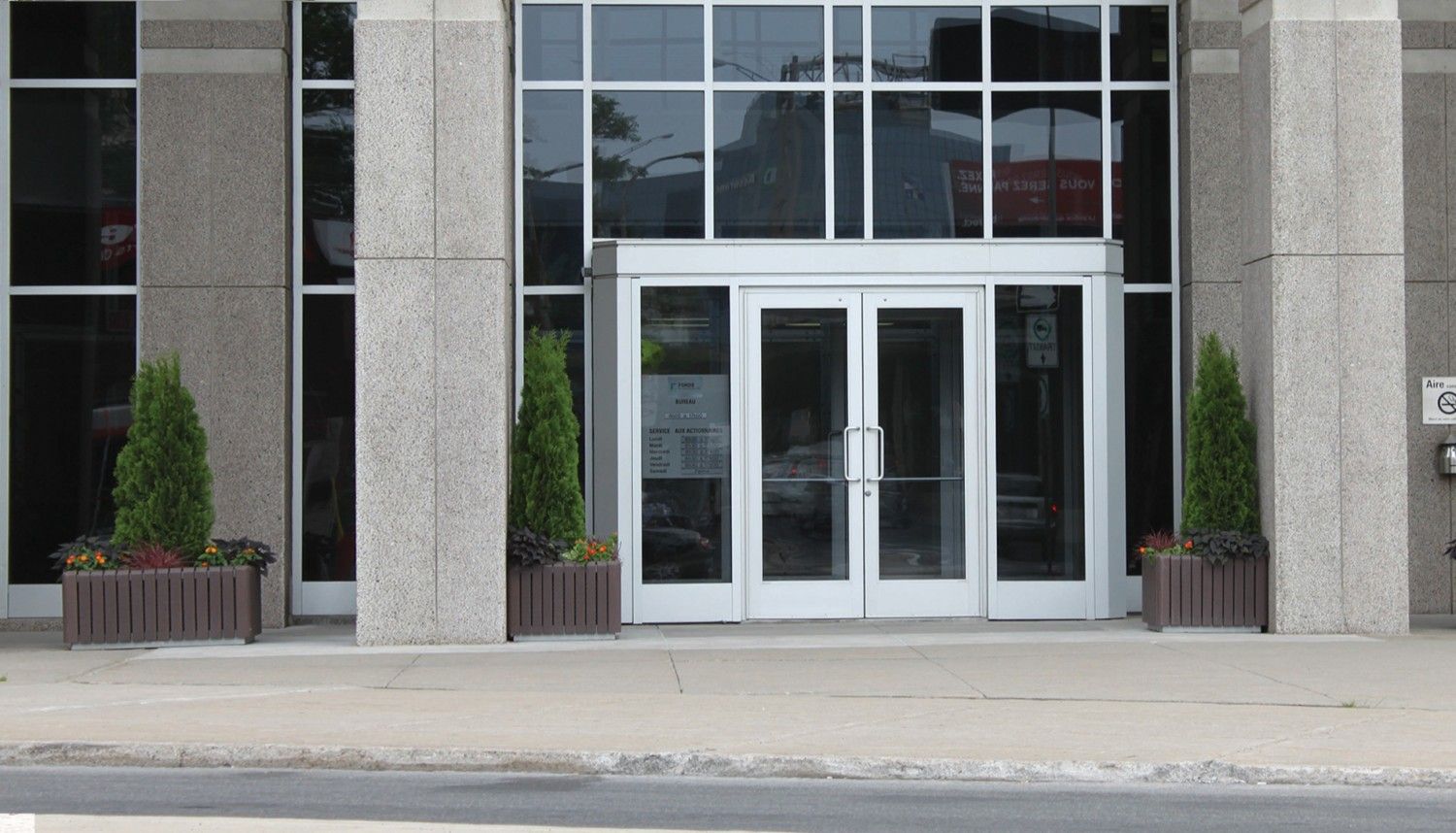
Types of Entry Doors
Major door manufacturers offer a wide range of entry doors made of various materials. Here are the types of entry door materials to consider.
Fiberglass Entry Doors
Fiberglass Entry Doors are the practical choice for most people. These doors are available with a smooth surface or, more typically, an embossed wood-grain texture. An edge treatment on some makes them look more like real wood. Pros: Fiberglass doors resist wear and tear better than steel. They can be painted or stained, are moderately priced and dent-resistant, and require little maintenance. Cons: They can crack under severe impact.Steel Entry Doors
This type of door accounts for about half the market. Pros: They're relatively inexpensive and can offer the security and weather resistance of much pricier fiberglass and wood doors. Steel doors require little maintenance—unless dents are a part of your home scenario. They're energy-efficient, though adding glass panels cuts their insulating value. Cons: Steel doors didn't resist weather as well as fiberglass and wood doors in our abuse tests and the laboratory equivalent of torrential rain, strong winds, and a decade of wear and tear. And while they're typically low-maintenance, dents are hard to fix, and scratches may rust if they aren't painted promptly.Wood Entry Doors
Wood Entry Doors provides the high-end look that other materials try to mimic.
Pros: Solid-wood doors were best at resisting wear and tear in our tests. They're also the least likely to dent, and scratches are easy to repair. Cons: Wood doors remain relatively expensive. And they require regular painting or varnishing to look their best.





